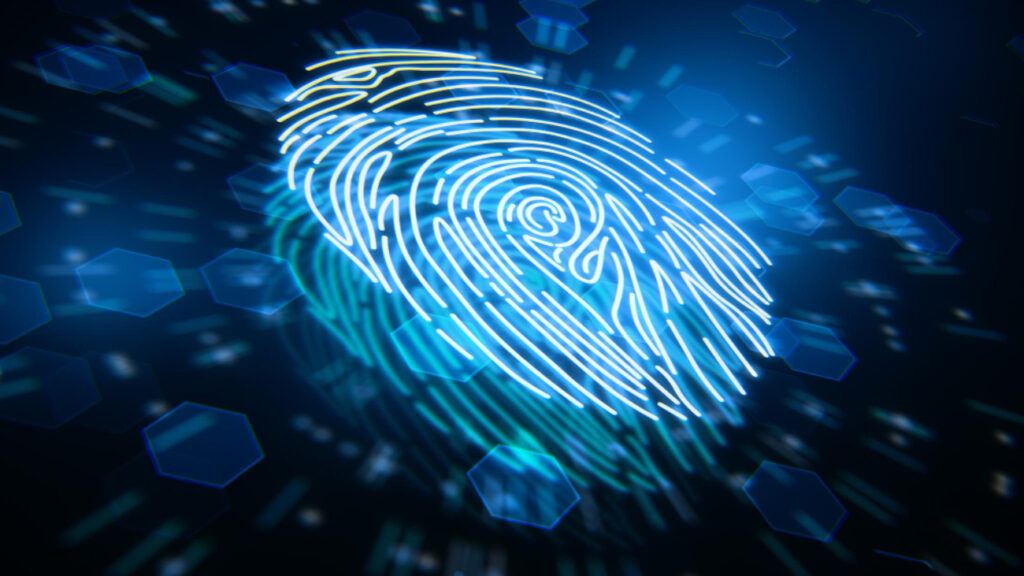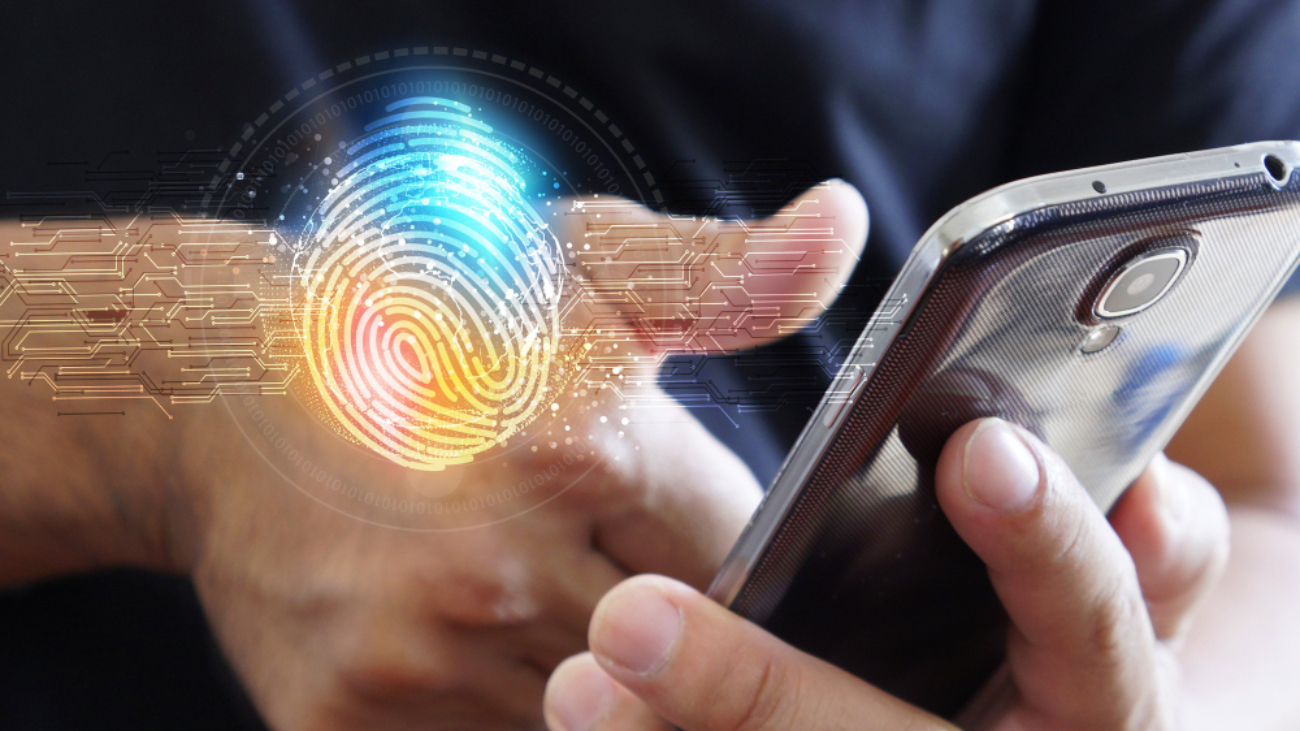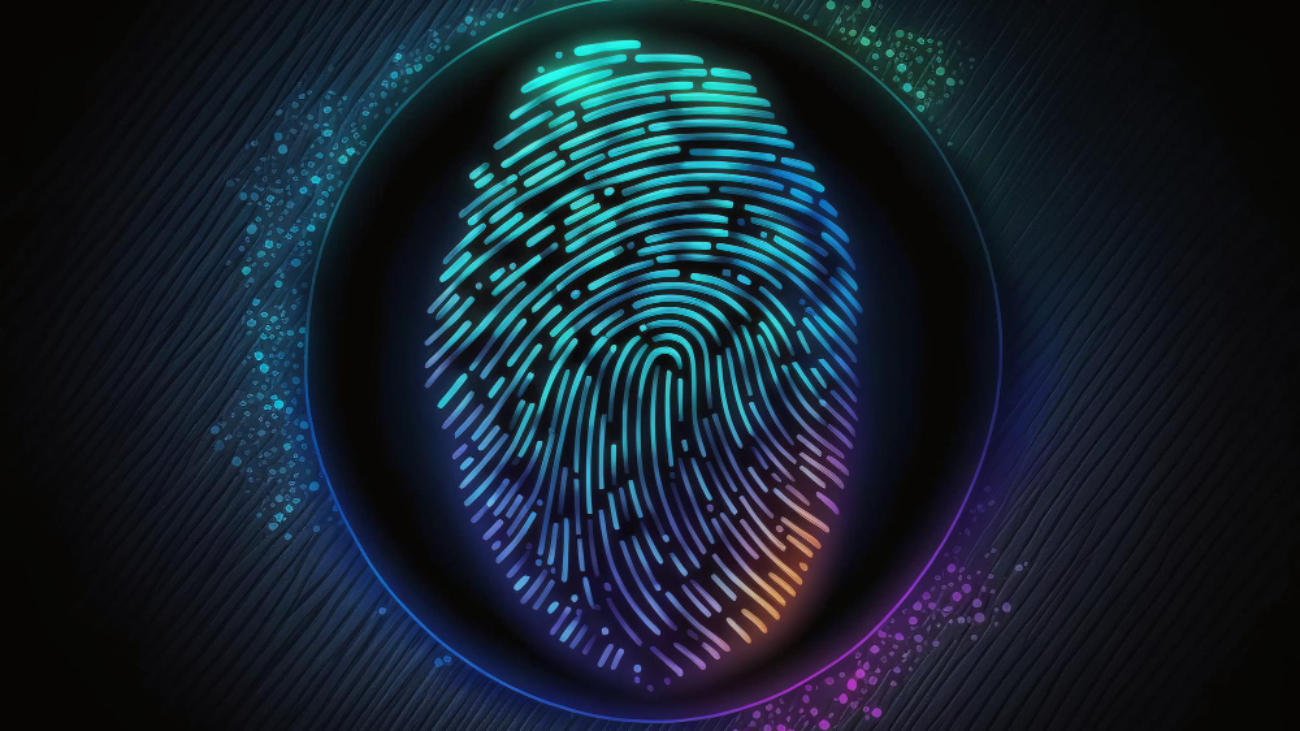Biometric data is used in verifying identity across different sectors. Just consider that since you can use a contactless smart card to pay for most of the things you might need in your daily life over there, it now serves as an occupy and assistant identity. In sectors such as banking and healthcare, travel and security, beats virtual or actual IDs by offering a more secure and convenient alternative to traditional methods of authentication.
Encryption: Safeguarding Biometric Data
Biometric data becomes more widely used, concerns about its security heighten alarmingly. One of the most vital methods for protecting sensitive information from unauthorized access is. It would be through the use of encryption and anonymization in tandem.
- Data Protection: When biometric data is encrypted, it becomes useless to hackers. For example, even if facial recognition data or fingerprint templates are intercepted, is transformed into a code that cannot be easily understood without the correct decryption key
- End-to-End Security: With encryption, biometric information is safe both during transmission across networks and while it is stored. This dual layer of protection makes it much harder for hackers to gain access to sensitive personal data.
Anonymization: Minimizing Risk of Personal Identification
Anonymization is the process of taking out or changing recognizable elements from biometric data so that it cannot be traced back anymore to any individual. It is indispensable in lowering the danger of privacy violations. But it still provides a biometric system with room to operate.
- De-identification of Data: To make biometric data anonymous, all identifying information such as names, addresses, etc. is removed. This paves the way for a reduction in the amount of identity theft possible when someone steals anonymized data.
- Application in Databases: Many organizations will anonymize biometric data before storing it onto databases to ensure that even if the data is accessed by unauthorized individuals, there is no way of tracing this back to specific people.
How Encryption and Anonymization Fit Together
Although encryption and anonymization are two different things, combining them to protect fingerprint data makes sense. Encryption lets nobody read what is stolen or intercepted by others even though anonymization keeps individuals’ data from being connected in a way that could identify them.
- Layered protection: By encrypting and anonymizing data, biometric systems are further fortified with a multi-layered defense. This guarantees that organizations will be safe from a wide variety of possible threats.
- Meeting Compliance: Biometric data handlers use both techniques for compliance with strict privacy regulations such as the EU’s General Data Protection Regulation (GDPR). Several parts of today’s privacy concerns are being defeated by these measures.
Securing Data in Transit and at Rest
When it comes to securing biometric data, the security of the content is not necessarily limited to its storage location. It is equally necessary to encrypt the data well during transmission. When biometric data moves from a device to server and then on again between networks, it needs to be encrypted all along The path or else it’s susceptible to interception by bad actors in the middle.
- Secure Transmission: Protocols such as SSL/TLS are often used to encrypt data going from one place to another, thus keeping biometric information secure during transmission across networks.
- Storage Security: Biometric data that is stored in servers should be encrypted at rest –i.e., so that someone getting access to the storage system wouldn’t see the unencrypted raw data unless they also had a decryption key.
Conclusion
To ensure that biometric data is secure, private, and impervious to breaches Encryption and anonymization are two indispensable means. Combining these practices with strong access controls and other security measures, organizations can construct a biometric system that is assured of being both more secure and trusted. As biometric technology continues to develop, so must the means for securing it.
By adopting these evolving security practices, we can help ensure continued growth in biometric systems–without sacrificing privacy. Thank you for your interest in Bahaa Abdul Hadi blogs. For more information, please visit www.bahaaabdulhadi.com.







